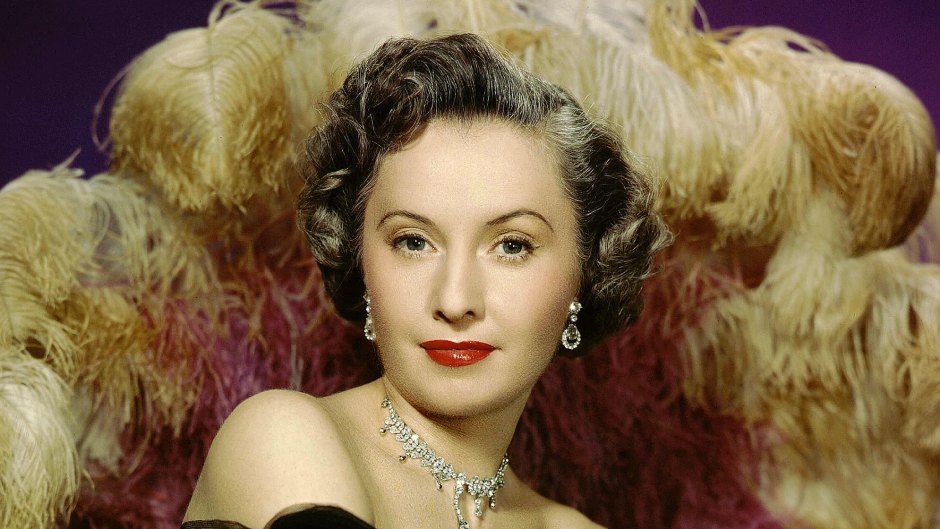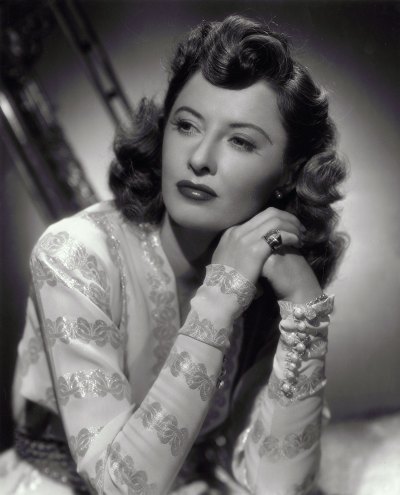
Kobal/Shutterstock
Why Barbara Stanwyck Was Able to Portray a ‘Fury of This Tough Woman’ and a ‘Sense of Inner Pain’
When Barbara Stanwyck shot the climax of 1953’s Titanic in a giant outdoor tank of water, “it was bitter cold, and I was 47 feet in the air in a lifeboat swinging,” she said. “I looked down and thought, If one of these ropes snaps now, it’s goodbye for you. Then I thought about the men and women who’d been through this thing. We were recreating an actual tragedy, and I shook with great racking sobs and couldn’t stop.”
It was just this rare combination of physical toughness and emotional vulnerability that made Barbara such a powerful presence on and off screen. Starting August 16, the Criterion Channel will spotlight 11 films she made between 1930 and 1934, before the Hays Code of censorship restricted on-screen behavior. In rarely seen titles like Night Nurse and Baby Face, “she’s always going back and forth between the fury of this tough woman and this sense of inner pain,” Imogen Sara Smith, a film historian who will provide commentary for the marathon, tells Closer Weekly. “Both of those came out of her childhood.”

Born into poverty in 1907 Brooklyn, Ruby Stevens (she later changed her name to sound classier) lost her mom in a streetcar accident in 1911. Her dad soon abandoned the family, and Barbara was raised in a series of grim foster homes. She had an abortion at 15 that left her unable to have kids, and all these experiences, says Sara, “led to a great sense of self-reliance and an extraordinary drive.”
That strength came across in her performances, as she navigated a career encompassing screwball comedies, film noirs, Westerns and primetime soaps. She made 85 films in 38 years, then when roles dried up for women of her age, she launched a successful TV career in her 50s. On shows like The Big Valley, “she was one of the few actresses who chose not to dye her hair,” says Sara. “She let it go white and was not attempting to hold on to playing younger roles.”
Holding on to a man proved harder. Her first love, actor Rex Cherryman, died of septic poisoning at 31. She wed another actor, Frank Fay, and their stormy marriage inspired A Star Is Born. “Their levels of success and status completely reversed,” explains Sara. “And he had a terrible drinking problem.” They adopted a son, Dion, but Barbara was estranged from him for nearly his entire life. “Some kids are born with bad blood, just like horses,” she said.

Her final marriage was to matinee idol Robert Taylor, who was four years her junior. “The boy’s got a lot to learn, and I’ve got a lot to teach,” she quipped. But he cheated on her, and they divorced in 1951.
She threw herself into her career and kept acting, starring on The Colbys only a few years before her death at 82 in 1990. “Work was her life,” says Sara. Thirty years after her passing, for women of independent spirits, says Sara, “she remains an inspiration.”
For more on your favorite celebs, pick up the latest issue of Closer Weekly, on newsstands now — and be sure to sign up for our newsletter for more exclusive news!








































